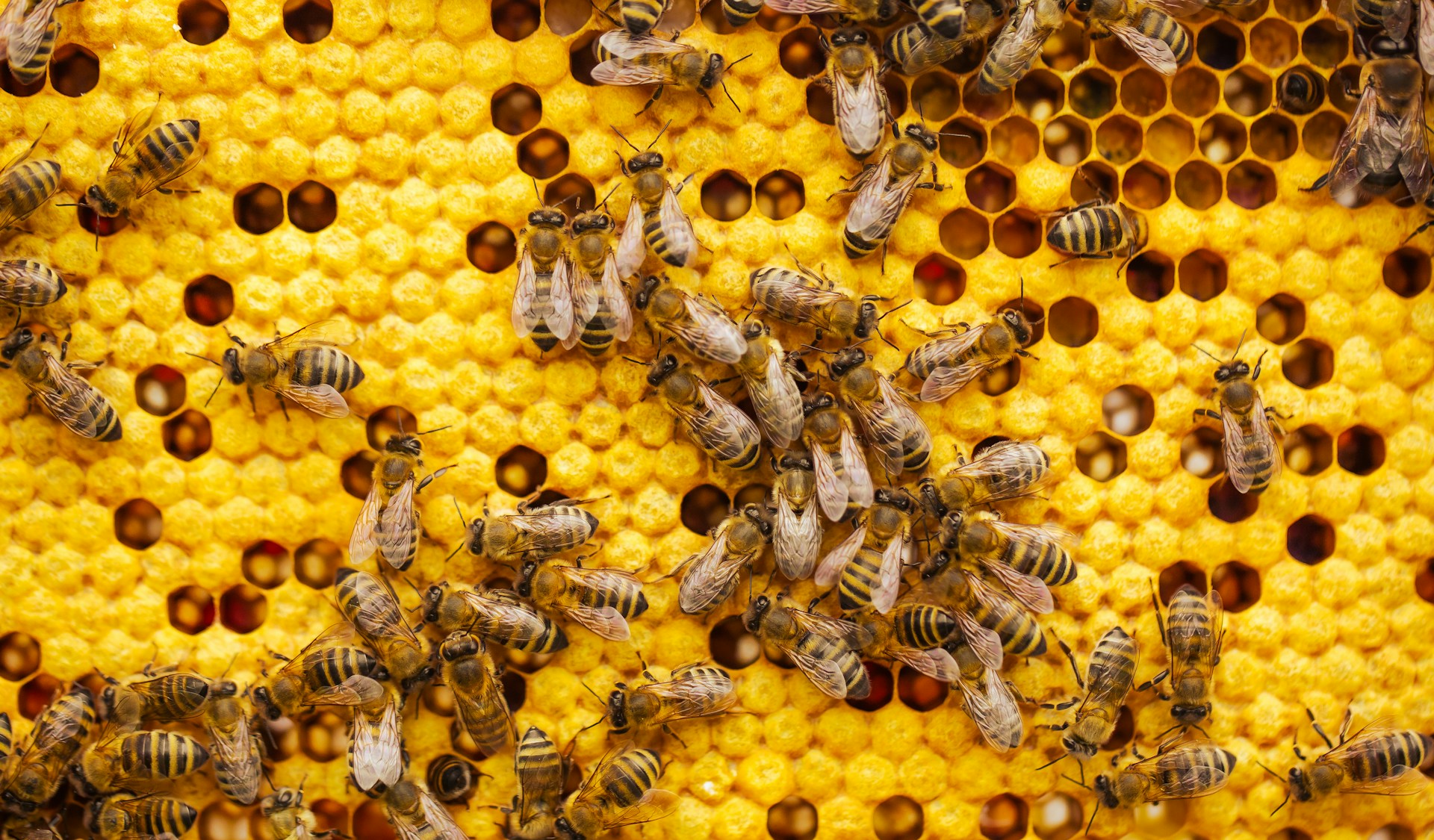The Latest Buzz: What’s New in the World of Honey Bees
Honey bees are amazing creatures that play a vital role in pollinating crops and producing honey. But they also face many challenges and threats, such as diseases, pests, pesticides, and climate change.scription.
HONEYBEES
1/3/20243 min read



The Latest Buzz: What’s New in the World of Honey Bees
Honey bees are amazing creatures that play a vital role in pollinating crops and producing honey.
But they also face many challenges and threats, such as diseases, pests, pesticides, and climate change.
In this article, we will explore some of the latest news and developments in the world of honey bees, and how they affect the health and survival of these remarkable insects.
A New Vaccine for Honey Bees
One of the most exciting news in the world of honey bees is the approval of the first vaccine for honey bees in the US6.
The vaccine, called Api-Bioxal, was engineered to prevent fatalities from American foulbrood disease, a bacterial condition that attacks bee larvae and weakens colonies.
The vaccine was developed by an Italian company, Vetagro, and has been used in Europe since 2015.
The vaccine works by stimulating the immune system of the adult bees, which then pass on the antibodies to the larvae through the royal jelly.
The vaccine is administered by spraying it on the frames of the hive, where the bees can ingest it.
The vaccine is safe, effective, and easy to use, and can help beekeepers protect their hives from this devastating disease.
A New Virus Variant Threatens Honey Bees
The virus is transmitted by the varroa mite, a parasitic mite that feeds on the blood of honey bees and weakens their immune system.
The new variant, called DWV-B, is more virulent and contagious than the original strain, DWV-A, and has already replaced it in Europe.
The new variant is also spreading to other regions of the world, such as North America, Asia, and Africa, and causing massive colony losses.
The new variant is also more resistant to the treatments that beekeepers use to control the varroa mite, such as acaricides and oxalic acid.
The only way to stop the spread of the new variant is to reduce the infestation of the varroa mite, which is the main vector of the virus.
This can be done by using integrated pest management strategies, such as monitoring the mite population, using natural or organic treatments, and breeding resistant or tolerant bees.
A New Study on the Effects of Pesticides on Honey Bees
A third news that affects the world of honey bees is a new study that found traces of neonicotinoid chemicals in 75% of honey samples from across the world3.
Neonicotinoids are a class of systemic pesticides that are widely used in agriculture and gardening, and are known to harm bees and other pollinators.
The study, conducted by a team of international researchers, analyzed 198 honey samples from every continent except Antarctica, and found that 75% of them contained at least one of the five neonicotinoids tested.
The scientists say that the levels of the pesticides found in the honey are far below the maximum permitted levels in food for humans, and do not pose a risk to human health.
However, they also say that in one-third of the honey, the amount of the pesticide found was enough to be detrimental to bees, and could affect their learning, memory, and behavior.
The study also shows that the contamination of honey is widespread and pervasive, and reflects the global exposure of bees to these chemicals.
The study calls for more regulations and restrictions on the use of neonicotinoids, and urges consumers to buy organic honey and support local beekeepers.
The study also highlights the need for more research and monitoring on the effects of these pesticides on bees and other pollinators, and the development of alternative and safer methods of pest control.
Conclusion
Honey bees are incredible insects that provide us with many benefits and services, but they also face many challenges and threats, such as diseases, pests, pesticides, and climate change.
By keeping up with the latest news and developments in the world of honey bees, we can learn more about their situation and their needs, and how we can help them and protect them.
We hope you enjoyed this article and learned something new about the latest buzz in the world of honey bees.
If you are interested in buying pure and delicious honey from our family beekeeping business, please visit our shop Thank you for your support!

